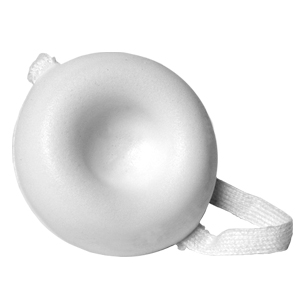If you have decided not to have any more children, you may be considering various methods of long term pregnancy prevention. Here are some options you may wish to consider.
Obviously, any method that provides birth control in the short term can be used in the long term. This includes the birth control pill, condoms, diaphragms, etc.
But if you are certain that you do not wish to have any more children, you may want a more convenient and reliable option.
The IUD, or intra uterine device, is a popular choice for women who want long term pregnancy prevention. Once inserted, an IUD can remain in place for several years, offering continual pregnancy prevention. If you change your mind, an IUD can be removed and your fertility is restored.
The advantages of using an IUD are that it provides constant protection, it is reversible, and it does not require surgery. The disadvantages include possible failure of the method, or other complications such as infection.
Some women are not good candidates for an IUD, including women who cannot use hormonal forms of birth control, or who have had pelvic inflammatory disease. An IUD can usually be inserted or removed in your doctor’s office.
A more permanent form of pregnancy prevention is the tubal ligation. In this procedure, a doctor makes a small incision in your belly button, along with a few other small incisions, and severs or cuts your fallopian tubes, sealing off the ends. This prevents sperm from traveling through the fallopian tubes to fertilize an egg.
Tubal ligation is usually done as an outpatient procedure. The advantages of choosing a tubal ligation are that it is permanent, recovery time is usually minimal, and it is completely effective. The disadvantages are that it does involve outpatient surgery with its attendant risks of infection, and it usually cannot be reversed.
A newer form of birth control uses a small mechanical device to cause scarring which permanently blocks off the fallopian tubes. Marketed under the trade name Essure, this procedure can usually be done during a normal doctor’s office visit.
A small micro insert is placed into the fallopian tubes by way of the vagina. The advantages of this procedure are that it is permanent, recovery time is minimal, it is completely effective and does not require surgery.
Disadvantages of this procedure are that it is not reversible, and is not immediately effective. Your doctor will have to confirm that your fallopian tubes are blocked before you can stop using an additional form of birth control.





